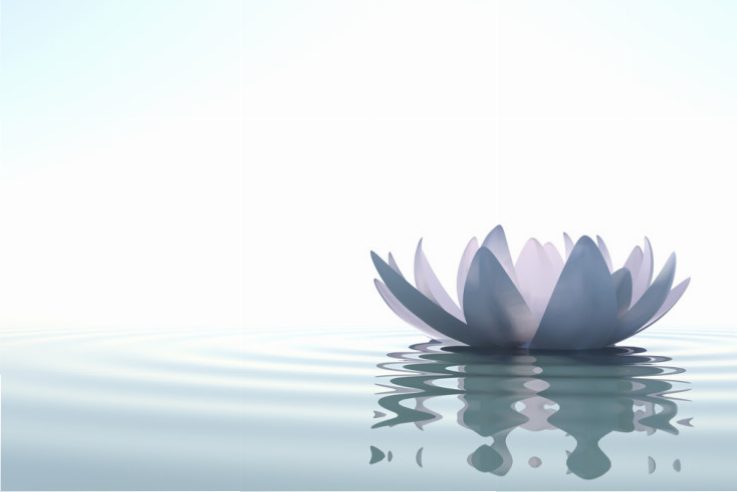
For many, starting a mindfulness practice can be daunting. Mindfulness asks you to be present, practice with regularity, dedicate time, and set a commitment to yourself. But it doesn’t have to be a practice of sitting for 30-45 minutes daily. Even so, this can still be daunting, but if you acknowledge that and still make room for other experiences, such as self-compassion, curiosity, and understanding, you may have a very different experience.
Where to begin? Some people choose yoga, meditation, relaxation techniques, body scans, tai chi; these are all wonderful practices and very accessible. Yoga is particularly wonderful because it is often practiced within a community. And nowadays, if you look online, you could also find a group practicing meditation, tai chi, and relaxation techniques together.
With our purpose of beginning a practice that is approachable and doable, let’s try this (yes, right now, please): Notice your inhale. Pause. Notice your exhale. Pause. When I say notice I don’t necessarily mean to slow and deepen your breath (however, if you feel like breathing slow and deep go for it!). I only mean to observe where your breath is in your body and how it feels as the breath enters and exits your body. What muscles are engaged? Is the breath shallow or deep? Can you follow the breath entering your nostrils and down your trachea? Can you feel your chest expanding and, if so, in which directions? Ok, let’s try this again: Notice your inhale. Pause. Notice your exhale. Pause. That, my friend, is you being present for a moment in time. This is a great starting point.
You can expand upon this by repeating these steps for longer periods of time. You may also experiment with closing your eyes or finding an object to gaze upon. Maybe you’ll prefer to have a dedicated space in your home that complements your practice. You may enjoy practicing with others or carving out a solitary moment in your day. It turns out that you do have to breathe, so you can practice these steps anywhere and no one will know you’re taking a mindful moment for yourself. There are also many apps (Headspace, The Mindfulness App or Mindfulness Daily) and videos online that will walk you through breathing exercises for varying amounts of time. And regarding time, it’s usually more effective to practice regularly for brief moments of time from 1 to 5 minutes each day as opposed to long sessions of 30-45 minutes, 1 or 2 times per week. That being said, this is your practice of presence, self-compassion, curiosity, and understanding– there is no right or wrong way to go about it.
Here at Prakash Ellenhorn, each client will meet with a clinician from our Integrative Medicine Program and complete a mind-body-wellness assessment. If a client expresses interest in developing or maintaining a practice, he or she will be connected with a mindbody clinician who will be on their treatment team to explore their practice together and possibly experiment with different practices. They’ll flesh out what contributes to a practice…and what may get in the way. Over time, the client will be practicing on his or her own and/or within the community. It is our belief at Prakash Ellenhorn that with support and community, people can achieve psychosocial recovery. Mind Body practices are an important part of our “whole person” philosophy in that we partner with each of our clients on their own individual journeys to a fuller, richer, and more meaningful life.
Below is a short and beautiful video from mindful.org. It’s never to late (or early!) to start being more mindful.
